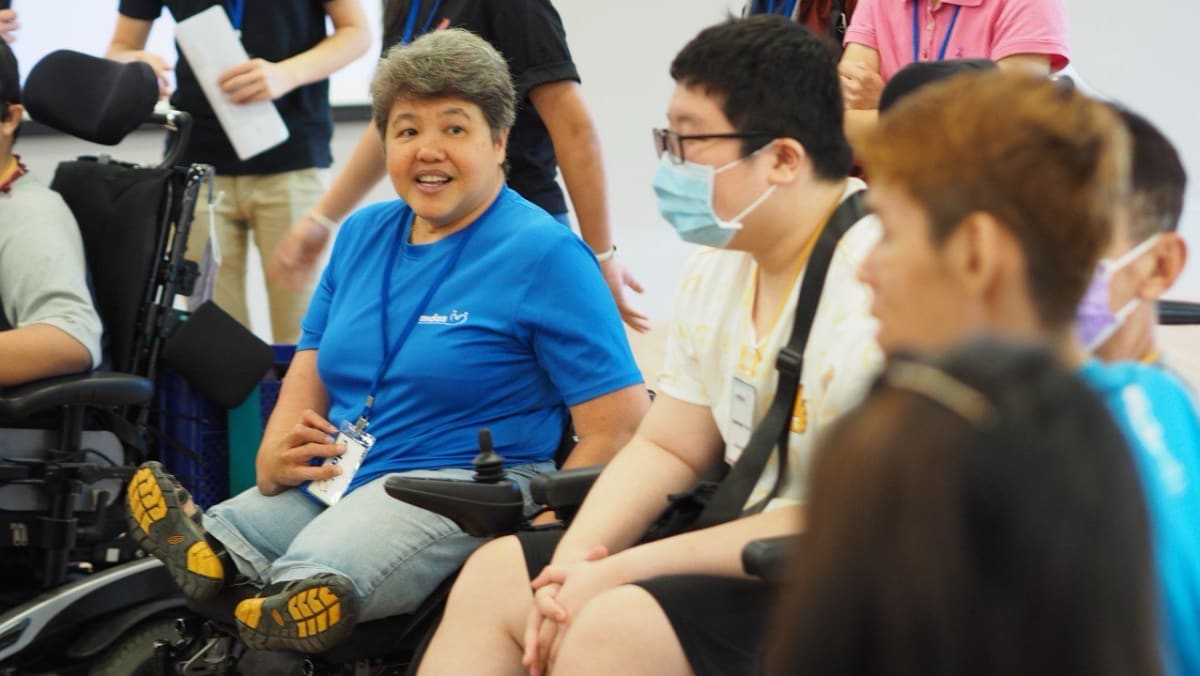Eventually, Wee landed her first job at Singtel, answering phone sales enquiries. It was 1980, and she was 19.
She spent the next three decades working there. Along the way, she completed her tertiary education via a scholarship programme, graduating from Ngee Ann Polytechnic with a diploma in computer studies.
“I always appeal to employers, when they have a person with a disability applying for a job, give them their first job, because they need the experience.
“They need to know what it’s like. Nothing beats having money and being financially independent. When they learn to do things by themselves, it builds confidence. Without a job, their parents will forever treat them like children.”
ADVOCATING FOR DISABILITY ACCESS
Discontent with the shortcomings of the built environment, Wee was determined to turn the status quo on its head.
Her resolve was strengthened after attending a conference in Vancouver, Canada, in the early ’90s. There, she observed firsthand how wheelchair-bound people moved about with such ease.
Following that, she and a few of the associates at the Handicaps Welfare Association (HWA) – where she was a board member – wrote letters to different ministries around the world asking for their building codes and environmental accessibility protocols. “We decided it was time to look at how we could make Singapore accessible.”
Her relentless drive saw her and her HWA friends hitting the streets every weekend to identify and assess areas where access could be improved.
Eventually they gathered enough data to build a strong case, and began discussions with the Public Works Department (PWD), now the Building and Construction Authority (BCA).
Their discussions bore fruit in the form of the 1995 Barrier-Free Accessibility (BFA) Code. All buildings built after 1995 had to comply with the code.

